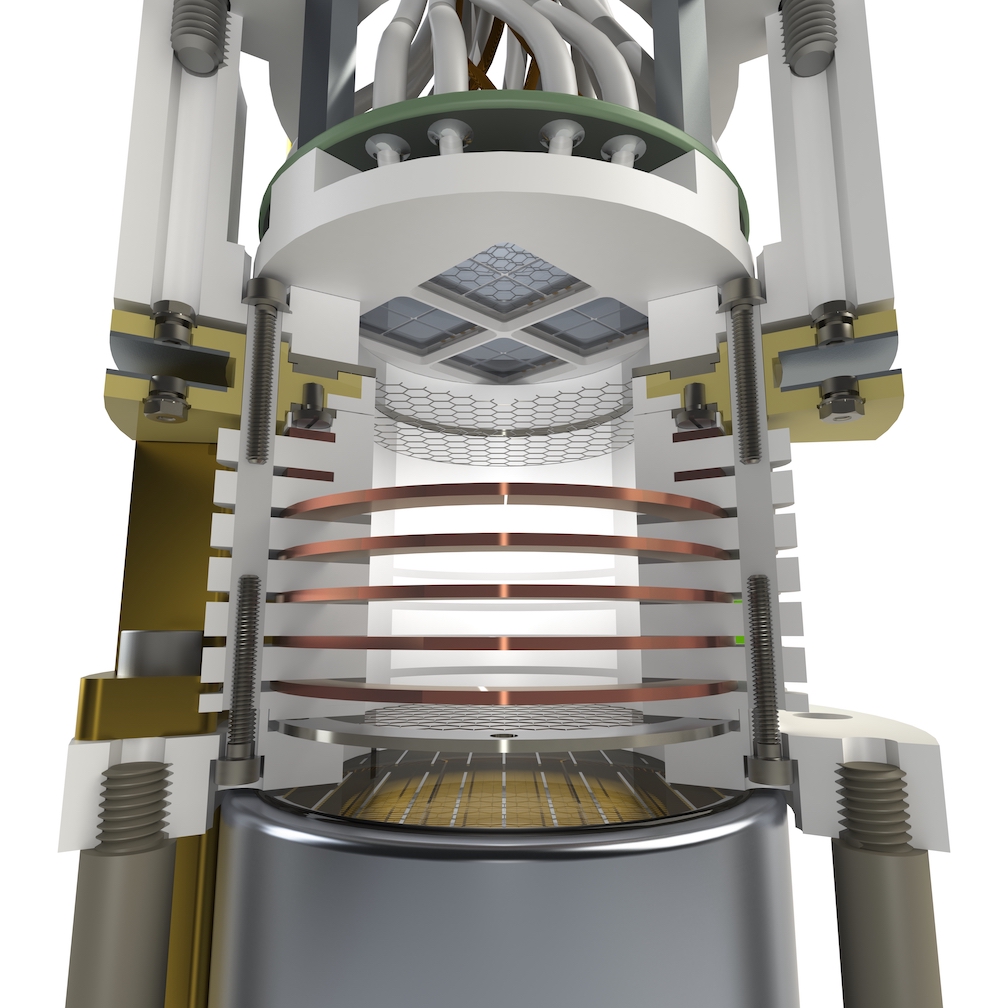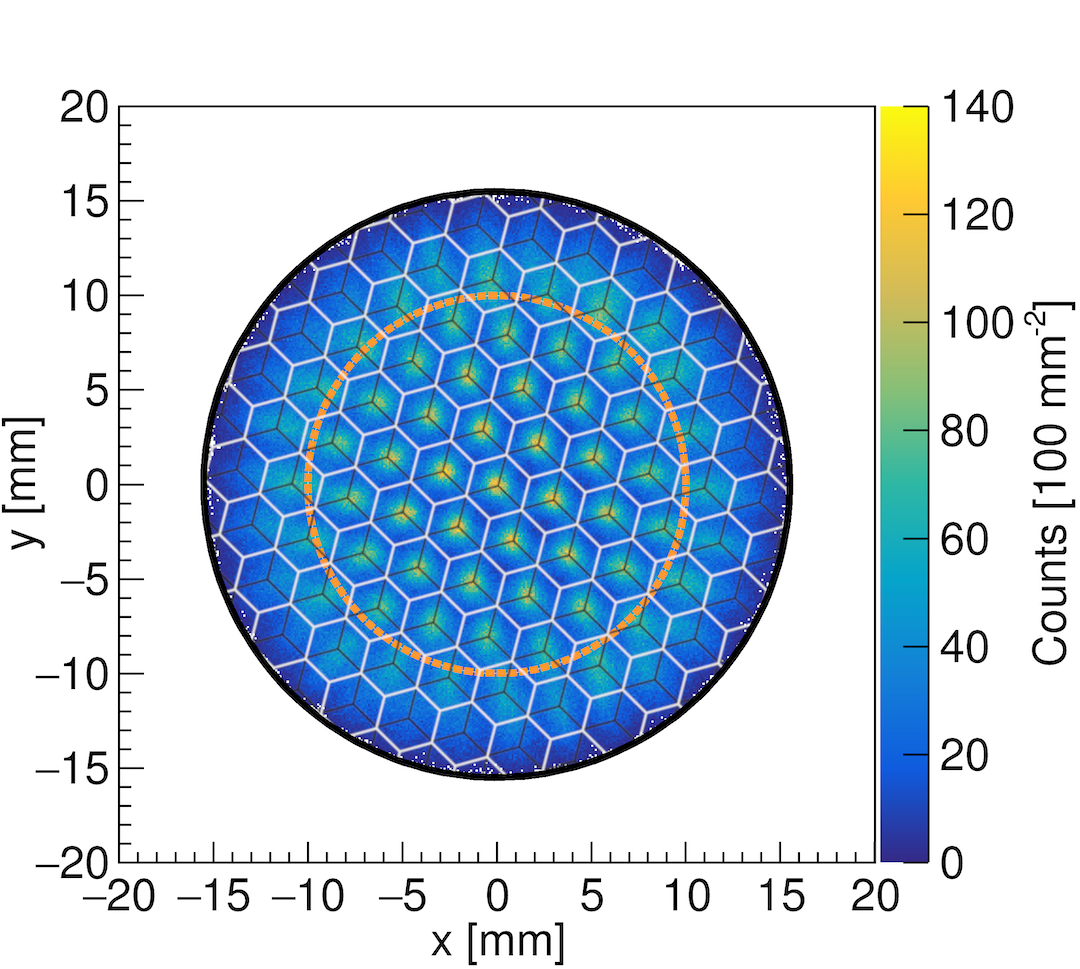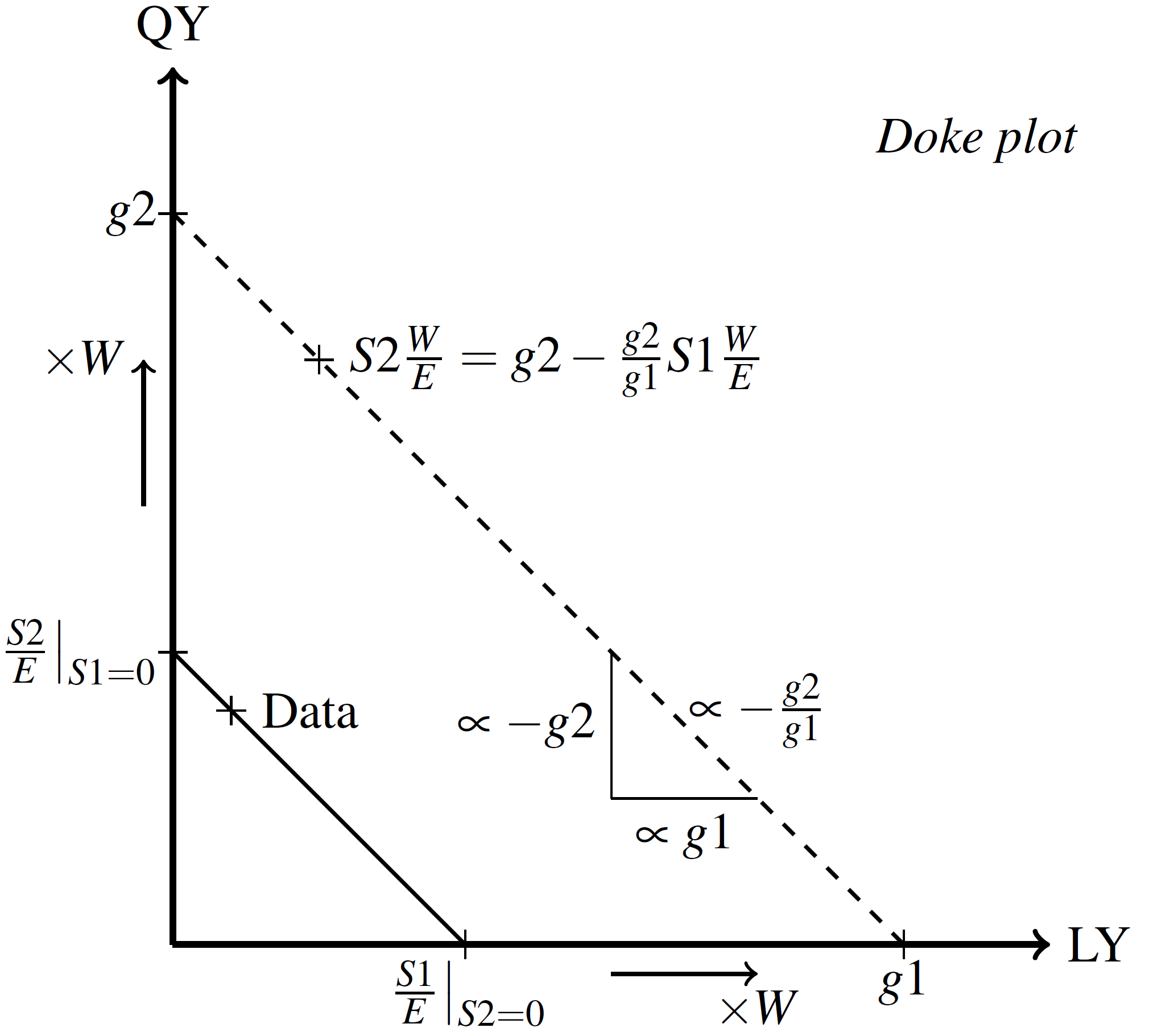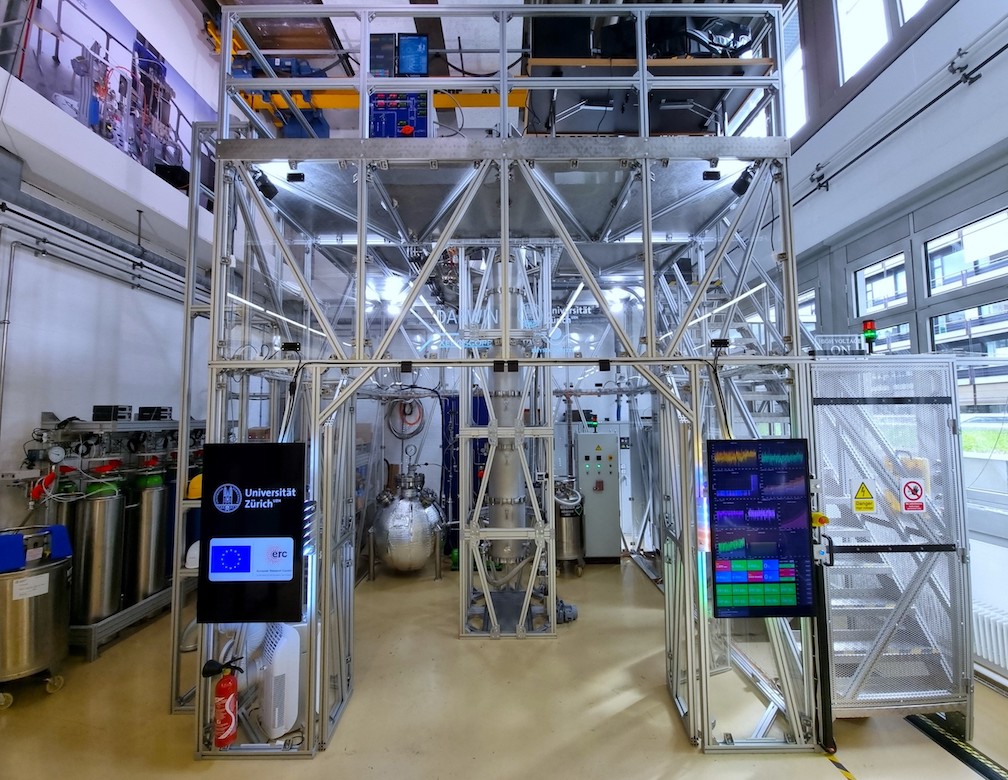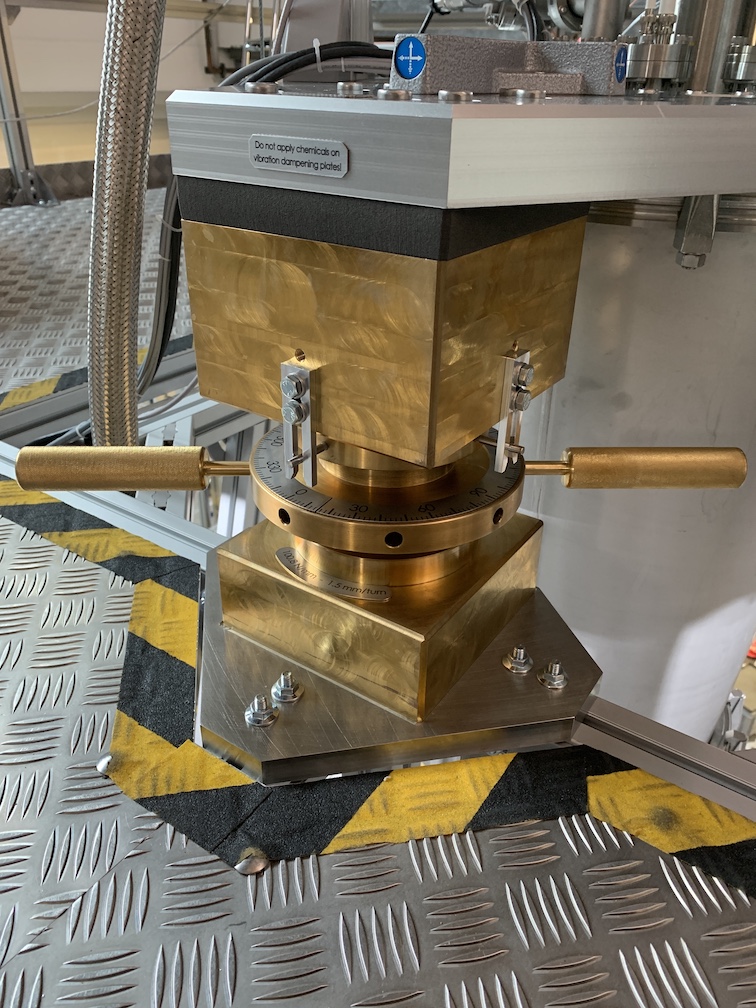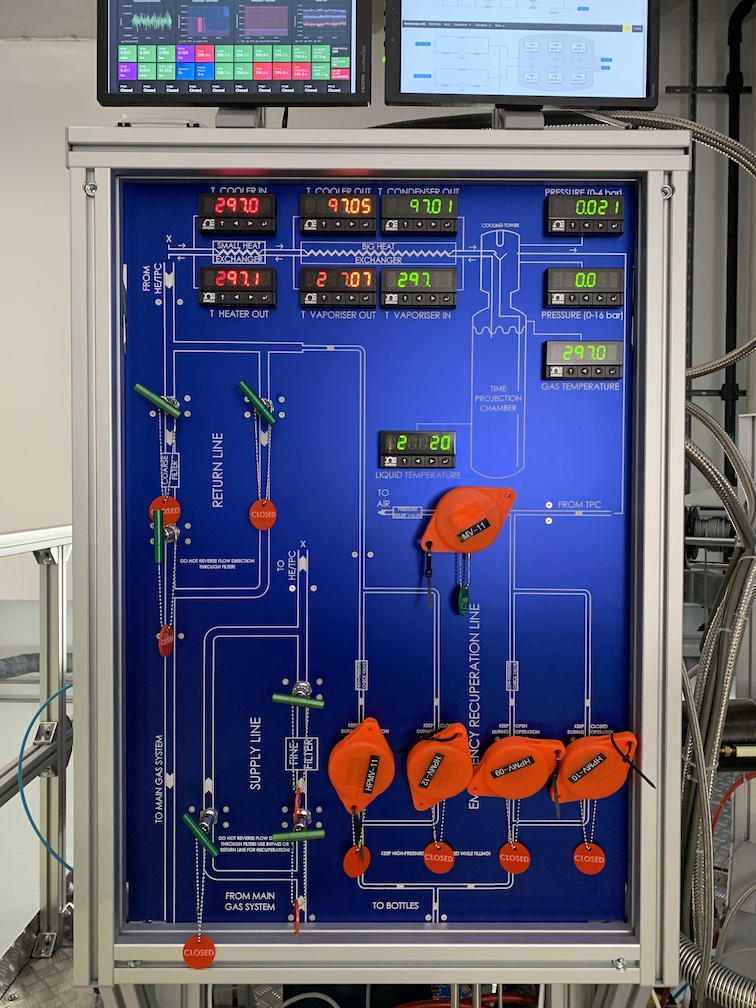Astrophysical and cosmological evidence indicates the presence of dark matter in the universe, which is more than five times as abundant as baryonic matter by mass. Its particle nature, however, is unknown to date. One of the most promising particle candidates is the weakly interacting massive particle (WIMP). The most successful direct detection experiments deploy liquid noble gas targets, such as argon or xenon, in dual-phase TPCs. These detectors are widely deployed not only in dark matter observatories but also in other rare event searches.

What I work on
DarkSide-20k (DS-20k) is an upcoming dark matter detector located at LNGS with an active liquid argon (LAr) mass of ~50 t (20 t fiducial), deployed in a dual-phase TPC with approximate dimensions of 3.5 m x 3.5 m (height x diameter). It will use low-radioactivity underground argon (UAr), with a lower abundance of the isotope 39Ar. Its high mass and low background level will enable DS-20k to reach a sensitivity of 6.3 x 10-48 cm2 at a WIMP mass of 1 TeV/c2 with an exposure of 200 t x y.
As deputy manager of the UAr Cryogenics Working Group, I am involved in the benchmarking and the testing of the system which was first hosted by the CERN Cryolab and then by LNGS and in general design and integration aspects for DS-20k. I am also contributing to the TPC design and to internal calibration plans. Additionally I am working on flow simulations with computational fluid dynamics software for the inner detector. Follow the News page for recent activities in the lab! Below you find a selection of pictures of my current work.
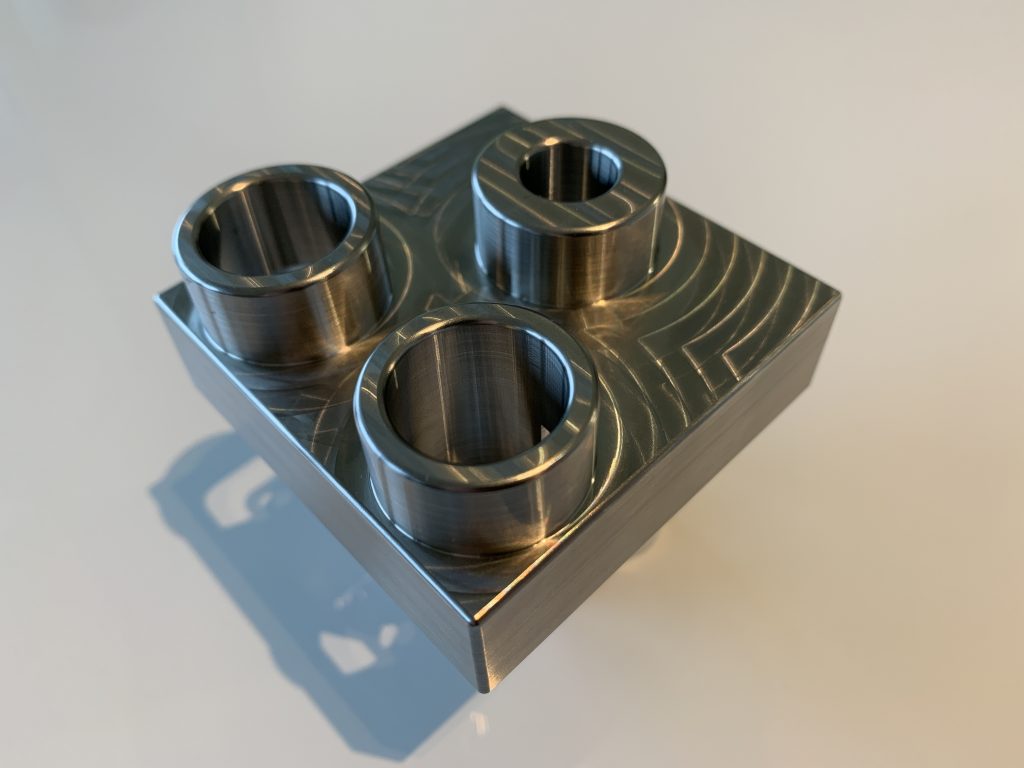

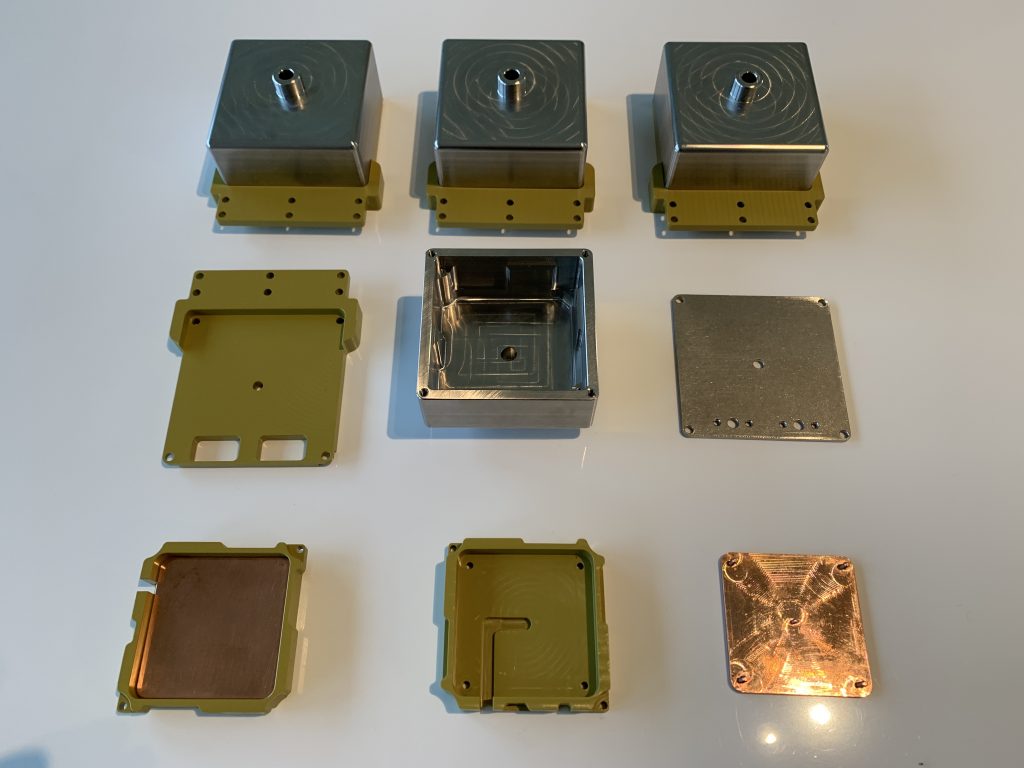

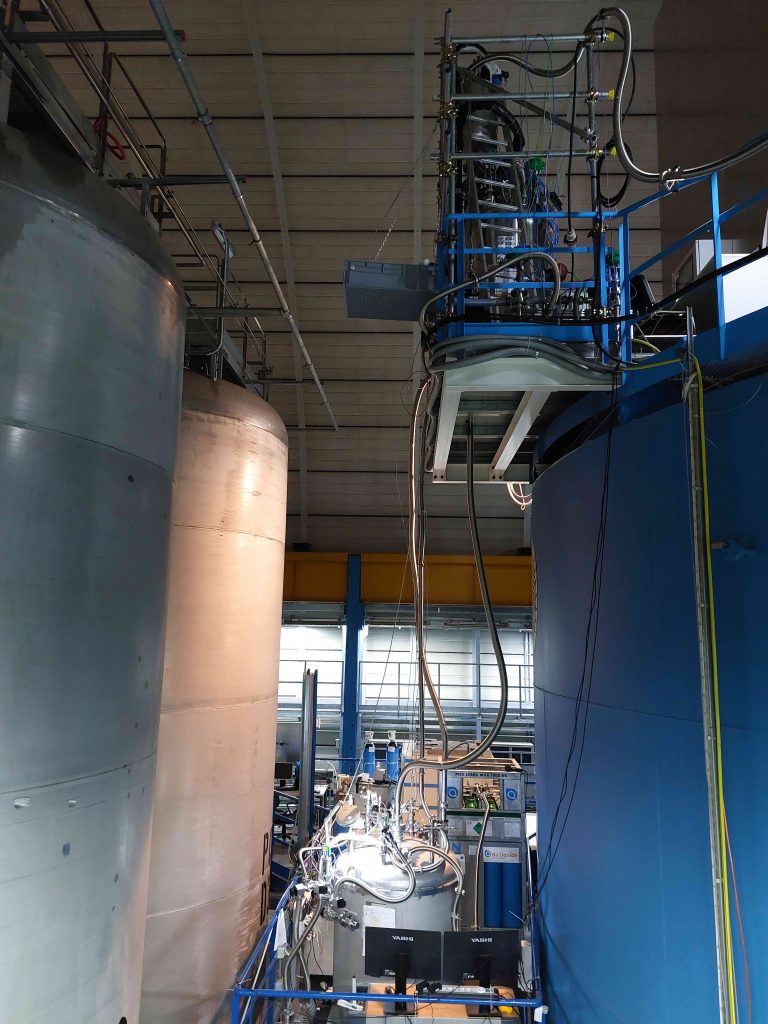
What I worked on
The DARWIN observatory is a proposed next-generation detector involving 50 t (40 t active) of liquid xenon (LXe) in a 2.6 m x 2.6 m (height x diameter) TPC. It will explore the entire experimentally accessible parameter space for WIMP masses above 5 GeV/c^2 down to the the neutrino fog/floor. The construction of DARWIN involves a series of technological challenges and design choices which are addressed in a rich R&D programme.
During my PhD in Laura Baudis’ group at the University of Zurich (UZH), I perfomed R&D towards DARWIN in the context of the ERC-funded project Xenoscope. I focussed on silicon photomultipliers (SiPMs) as potential photosensor candidates for DARWIN, low-energy interactions in LXe required for the modelling of the response of LXe detectors and the direct demonstration of the detector principle at the full DARWIN scale.
For the first time, a small dual-phase xenon TPC was equipped with a top array of SiPMs for light and charge readout. I characterised the SiPM and the TPC performance with internal gaseous 37Ar and 83mKr calibration sources. This additionally allowed a microscopic calibration yielding a measurement of the excitation work function of xenon, averaged over scintillation and ionisation (W-value).
Furthermore, I was involved in the design, construction and commissioning of a full-scale vertical demonstrator for DARWIN (~350 kg xenon), with the main goal of achieving electron drift over a 2.6 m distance. My contributions to the project include various mechanical, cryogenic and gas handling subsystems of the facility. Among those are a precise horizontal cryostat levelling system, an efficient heat exchanger system, a filtration and safety gas system, and two independent gas and liquid xenon recovery and storage systems. Below you find a selection of pictures of my PhD work.
